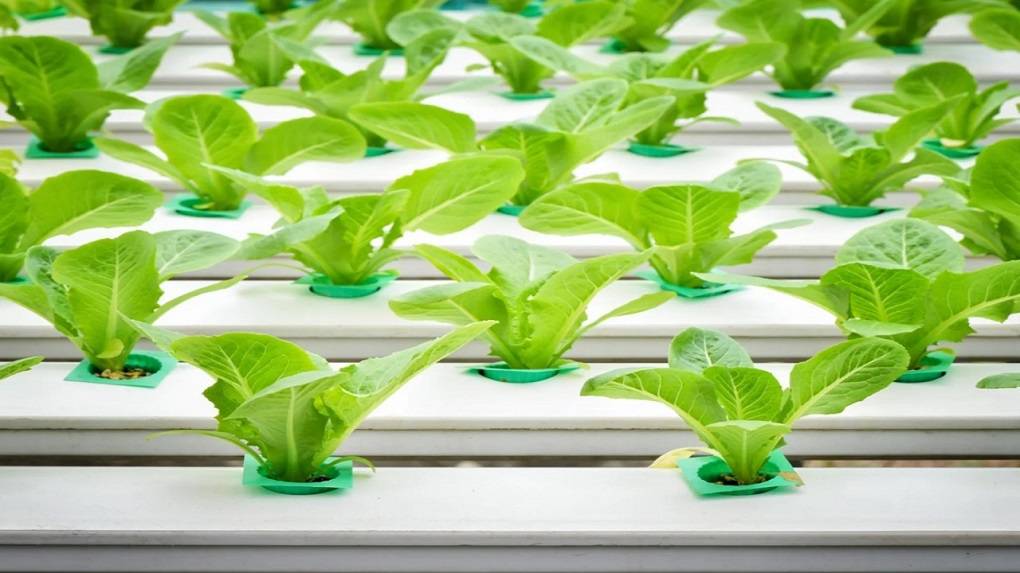
All plants grow in specific growing conditions. In traditional agriculture and gardening, plants grow in soil with additives like compost, manure, and chemical fertilizers. However, in hydroponics, the plants are not grown in soil and derive most of their nutrients from a watering solution.
Nutrients Required in Hydroponic Farming:
Plants require a variety of macronutrients and micronutrients to grow properly. These nutrients play a critical role in facilitating plant growth and development. For instance, plants require magnesium in order to create chlorophyll, a pigment that is used to capture energy from light that is needed during photosynthesis.
Plants require nitrogen to promote vegetative growth of plants and to produce amino acids, proteins, and enzymes that are used to make new cell walls. Phosphorous is another essential macronutrient that is a component of DNA and plays a vital role in tissue formation, cell division, and the development of flowers, fruits, and seeds.
Potassium and calcium also play a variety of roles in the starch formation, enzyme activation, cell formation and development, and photosynthesis. Deficiencies of both potassium and calcium can stunt the plant’s growth and even hinder the plant’s ability to absorb essential micronutrients such as zinc, magnesium, and iron.
Micronutrients like zinc, boron, iron, and manganese are required in smaller quantities in the plant, however, they are still important in plant development. For instance, boron is used by the plant alongside calcium to synthesize the structure and functions of cell membranes and help with seed production. Iron helps form chlorophyll and is used for nitrogen fixation. Lastly, manganese helps form oxygen in photosynthesis.
Plant pH Requirements:
When developing a nutrient strategy for a hydroponics system, the pH levels are also an essential element to consider. This is because the pH value of a nutrient solution has a huge impact on the number of nutrients the plant can absorb properly. Therefore, while mixing and measuring your nutrient solution, it is essential to check the pH levels. It should also be clear that all plants have different pH values and nutrient concentration requirements. So, if you are growing a large variety of plants in your system, then make sure to differentiate them on the basis of nutrient and pH needs.
Nutrient Interactions:
Plants absorb the same amount of nutrients as they are present in the nutrient solution. In normal circumstances, all of the nutrients present in the solution interact with each other to promote plant growth and development. However, when one nutrient is found in excess, then it can lead to nutrient antagonism. For instance, excess potassium in a nutrient solution can hinder the plant’s ability to absorb nitrogen leading to nitrogen deficiency.
DIY Hydroponic Nutrient Solutions
To create your own hydroponic solution, you’ll require fertilizer salts which can be purchased online or from your local nurseries/garden centers. Once you have narrowed down the nutrients that are essential for your plant’s growth and development, then it is time to make your own nutrient solution.
Fill a bucket with filtered water. Make sure that the bucket is clean and is not covered by any dirt or unwanted contaminants. After carefully measuring out the proportions of fertilizer salts, add them to the water. Add one type of salt, at a time and mix it well. Then cover the bucket. Once all of the macro and micronutrients are mixed together with each other, adjust the pH level according to your requirements.










